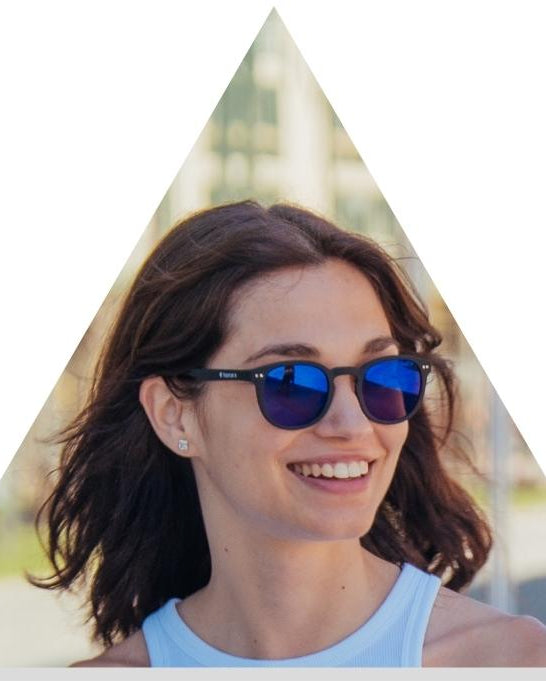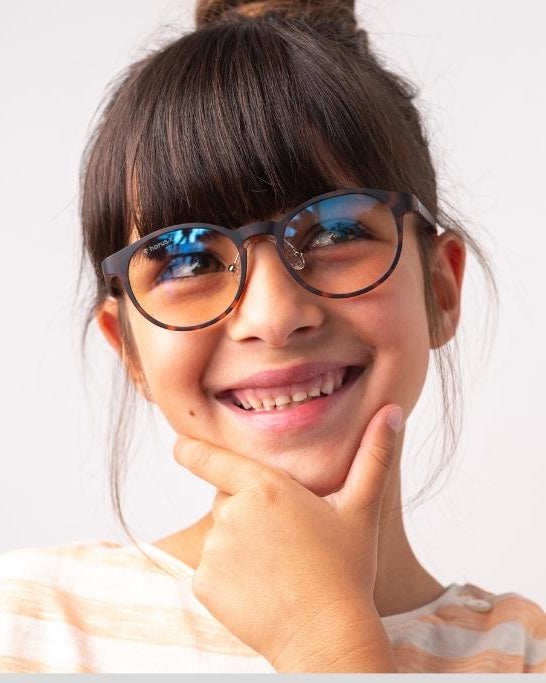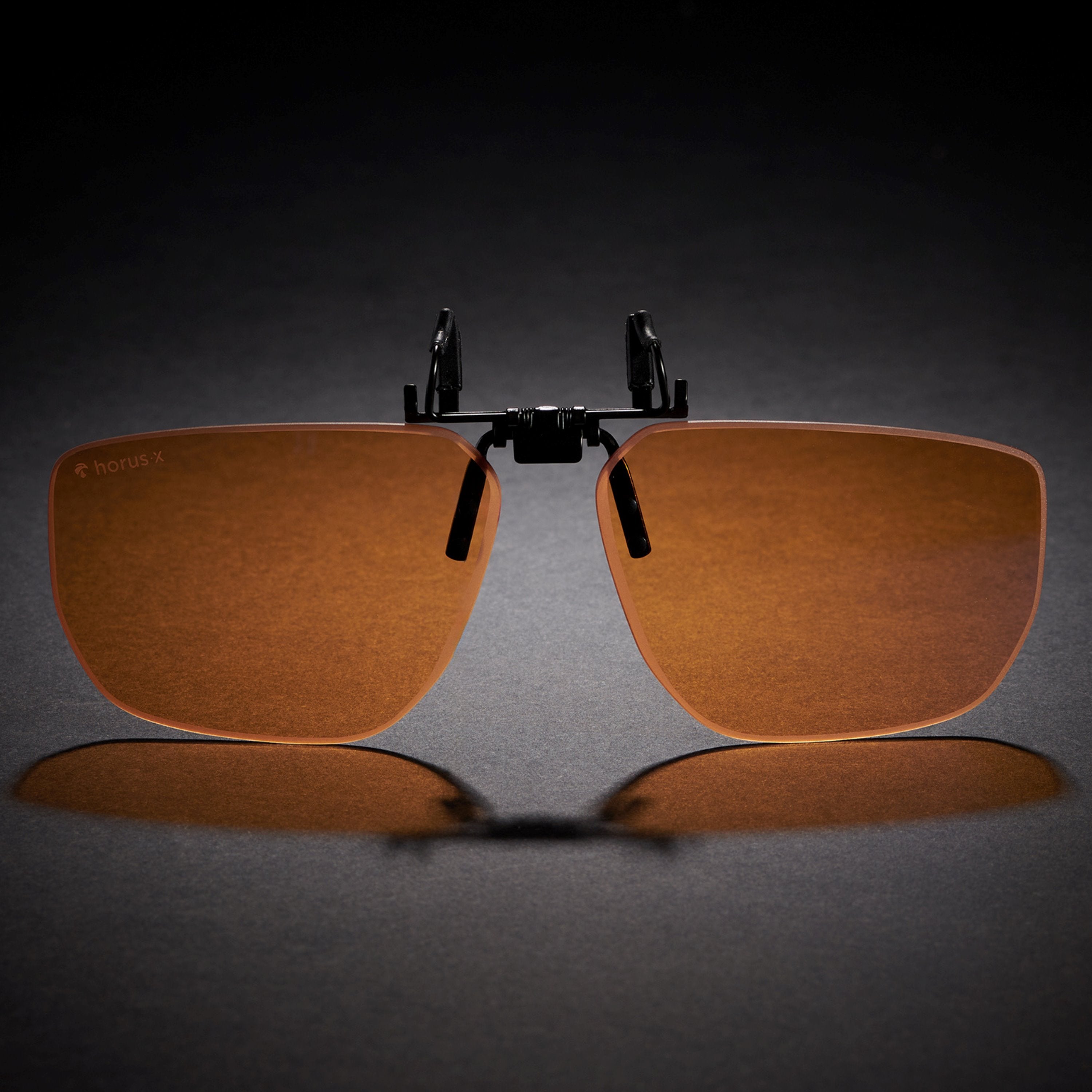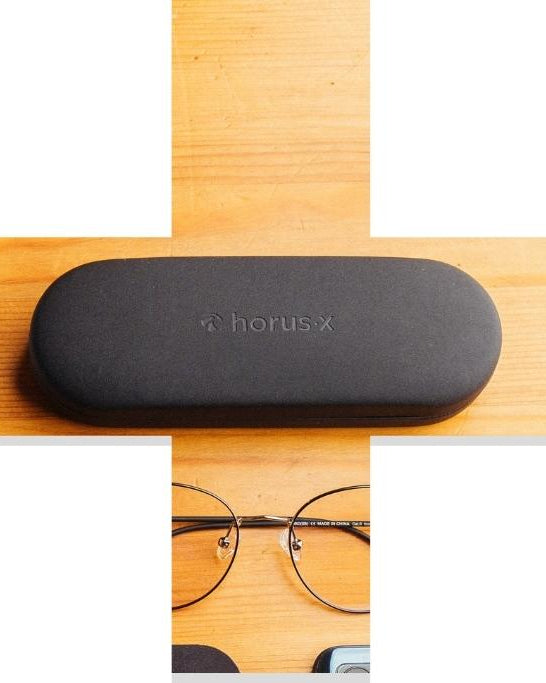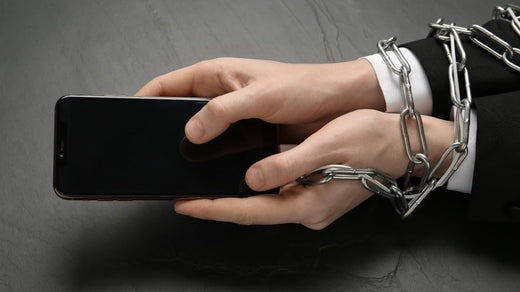Often mentioned in the news and a source of regular questions for parents, the exposure of our babies to blue light must be a real point of attention.
What are the dangers ? From what age can you put your child in front of the television or tablet? Is there a maximum duration of exposure per day to respect? So many questions that we are going to answer in this article and, you will see, the solutions are rather simple.
In this article :
-
Blue light, friend or foe?
-
The consequences of exposure to blue light in children.
-
The means to protect your child from blue light.
Blue light, friend or foe?
Before discussing the risks associated with blue light in children and more particularly in babies, it is important to understand that there are several blue lights.

Blue light, quesaquo?
We talk about blue light when we talk about the part of the light spectrum whose wavelengths are between 380 and 500 nanometers.
On this slice of the light spectrum, we will distinguish several subsections whose impacts will be different.
It is important to understand this dividing up of the light to better adapt the solutions and means of protection afterwards.
From 380 to 450 nanometers, harmful blue light
On these wavelengths (violet blue), the light is toxic and is suspected of promoting age-related macular degeneration and can in particular cause several inconveniences that you have probably felt after a long day of work: dry eyes, tingling, headaches, etc.
The main sources of emission of this type of blue light are:
-
📺 Television
-
💻 Computers and tablets
-
🖥️ Any other LED, LCD or Plasma screen.
-
💡 LED bulbs
-
🌞 And even the sun!
It is therefore necessary to protect yourself from it and either avoid exposure to screens or use filters to protect your eyes from the problems it can cause.
From 450 to 500 nanometers, beneficial blue light
This part of the light actively participates in the circadian rhythm and in regulating our sleep/wake cycles.
It is mainly emitted by the sun and contributes in particular to the regulation of your level of melatonin (also called the sleep hormone) by lowering it in the morning to promote your awakening.
It should therefore not be filtered to take advantage of its benefits.
The consequences of overexposure to blue light in children
In children, and even more so in babies, this blue light can have very harmful effects on health and development. Their lens, which is still developing, allows more light rays to pass than that of an adult and therefore makes them more vulnerable.

Common Symptoms
In the short term : visual fatigue, tingling, dry eyes, blurred vision, headaches , irritability, sleep disturbances and difficulty falling asleep. So many signs that should alert you.
In the long term , even if other studies still need to deepen the subject, blue light contributes to a general decline in visual acuity.
These are the most classic annoyances here. They can affect a child as well as an adult, but in children they will tend to appear more quickly because of their still active development.
Impacts on child development
The exposure to light emitted by the screens of the youngest children and even more of infants has a very significant impact on the development of the latter's cognitive functions.
Indeed, several studies have shown that children spending more time in front of the television, smartphone or tablet develop behavioral or communication disorders more easily.
The French Audiovisual Council notes for example that for children under 3 years old:
“ Interaction with the world around him is essential for the proper development of the toddler (language, motor skills, etc.).[...] To develop his abilities, the child must actively use his five senses in his relying in particular on the relationship with an adult who responds to his requests. He needs to see himself as being able to transform the world, which he does for example when he manipulates objects around him. Passive exposure to images displayed on a screen does not promote this type of interaction and can, on the contrary, slow down the development of the toddler ”.
In other words, no screens for babies up to 3 years old minimum.
Beyond this period and throughout the development of your children, you must adapt their use to their age. Here are the recommendations from the Ministry of Health:
-
🔴 From 3 to 6 years old : in very small doses, in sessions of 20 min max and on programs adapted to the child's age. Prefer a complete program rather than skipping and do not hesitate to offer the same program several times so that your child really assimilates its content.
-
🟠 From 6 to 9 years old : you can introduce the notion of a "pleasure" program and start introducing your children to video games, but be careful to always respect a total exposure time to screens per day of less than 2 hours and to control the images well. to which they are subject by accompanying their sessions.
-
🟡 After 9 years old : you can give your children more autonomy and leave them alone in front of the screens. Keep in mind this limit of 2 hours per day maximum and remember to activate parental controls.

During exposure to screens, what means of protection?
We know that despite all the efforts you might make to protect your child from prolonged exposure to screens, these are unavoidable today. And if it is not at home that he is exposed to it, it will certainly be the case at school.
How then to limit the problems linked to this blue light from the screens?
At the source, by filtering this blue light on your screens
You can first adjust your equipment when it has this option to adjust the level of blue light emitted by it. Recent smartphones almost all have a “night” mode, for example, or a “blue light” filter that already reduces the light intensity of this harmful spectrum.
But this is not enough to filter the majority of harmful particles and unfortunately some screens do not have this option (especially televisions).
The second solution is to get blue light filters to place over your screens. There are mainly for computers but again it will be difficult to find one for your TV.

Watch out for house lights
And yes, even the lights offered to illuminate your home contain harmful artificial blue light. So be careful when choosing your bulbs! In particular, there are low-intensity light bulbs that emit no or very little blue light.
It's a simple and inexpensive trick, useful for your room and baby's room!
Wear blue light blocking glasses
These anti-blue light glasses make it possible to filter a large part of the harmful light waves and therefore to greatly limit the side effects linked to excessive exposure to screens.
Several brands and ranges exist and you must be careful to check which wavelengths are filtered and at what rate. If your little ones agree to wear glasses, this is the solution that will provide maximum protection.
At Horus X we offer models of anti-blue light glasses for children without correction filtering 60% to 86% of harmful blue light and even up to 100% on the part of the spectrum ranging from 380 to 400 nanometers.
The more intense the filtration, the more the glass will have an amber tint.
You will find several models of glasses in our shop:
-
The Gaming Hope with amber lenses (86% of harmful blue light filtered)
-
The Osaka and Helsink i with clear lenses (60% of harmful blue light filtered)
These filtration rates are the best on the market today and we encourage you to compare, keeping in mind the filtered wavelengths because some brands displaying a high rate are based only on a more restricted portion of the harmful spectrum.
The final word: protect baby from harmful blue light
Blue light represents a serious risk for our little ones. Even more so in babies, it is important to minimize its impact on the health of the little ones. The dangerous influence of blue light sources on the eyes and on sleep should alert us, but fortunately simple solutions exist.
For babies : no screens, up to 3 years old. Expose it to as much natural light as possible and give it time to develop a little before sticking a screen in front of it.
For the rest and according to age , the use of a pair of anti-blue light glasses provides optimal protection, always combined with strict regulation of viewing time.



